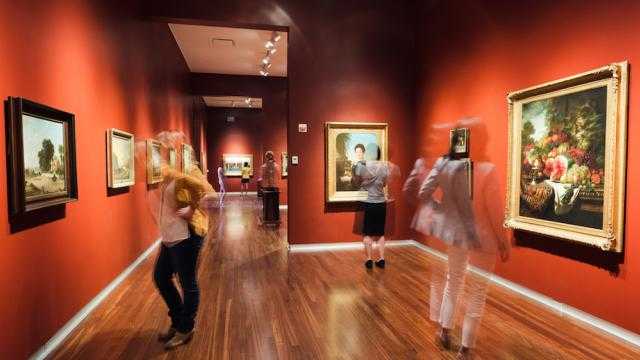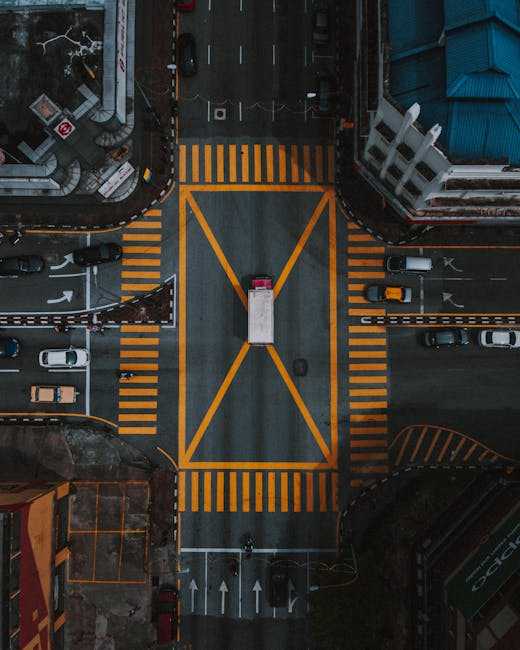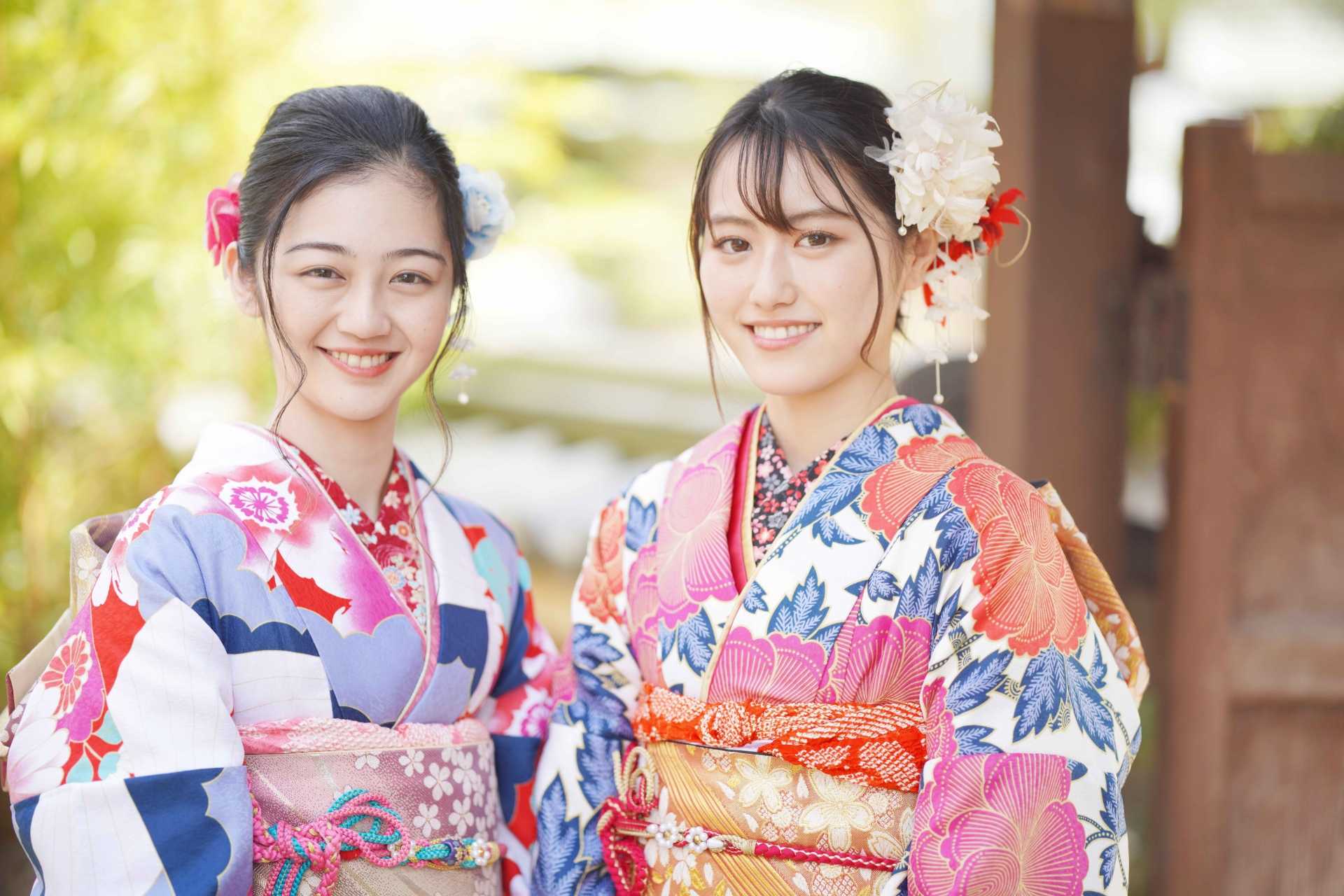Table of Contents
- Exploring Contemporary Japanese Art Movements
- Influential Japanese Artists Shaping the Global Scene
- Must-Visit Galleries and Museums for Art Enthusiasts
- The Intersection of Tradition and Innovation in Modern Art
- Understanding the Cultural Context of Japanese Contemporary Works
- Q&A
- Final Thoughts


Exploring Contemporary Japanese Art Movements
Contemporary Japanese art is a melting pot of tradition and innovation, where the vibrant cultural heritage of Japan meets global influences. One of the key movements within this realm is Neo-Pop, which emerged in the 1980s as a response to the commercialization of art and the rise of consumer culture. Artists like Takashi Murakami and Yoshitomo Nara have redefined the boundaries of visual art, blending traditional Japanese aesthetics with pop culture themes, resulting in pieces that are visually striking and conceptually rich. This movement challenges viewers to reconsider the value placed on high art versus popular culture.
Another compelling facet of contemporary Japanese art is Superflat, a style characterized by a lack of depth in imagery, representing both the superficial nature of consumer culture and a critique of post-war Japanese politics. Developed largely through the work of Murakami, Superflat emphasizes flatness in both visual representation and societal critique. The artists often utilize elements from anime and manga, creating a dialogue between mass media and fine art:
- Accessibility: Art becomes approachable for broader audiences.
- Visual Boldness: Bright colors and flat planes captivate attention.
- Cultural Reflection: Mirrors societal anxieties and aspirations.
Additionally, Japan’s embrace of Nature-Centric Art showcases the nation’s deep connection to the environment. Artists are increasingly exploring natural materials and sustainable practices in their work. This movement reflects cultural values of harmony with nature, seen in the works of artists such as Fujiko Nakaya, known for her ethereal fog sculptures that transform public spaces. Highlights of this connection between art and nature include:
| Artist | Artwork | Medium |
|---|---|---|
| Fujiko Nakaya | Fog Sculptures | Water Vapor |
| Rikrit Tiravanija | Kitchen Project | Interactive Installation |
Influential Japanese Artists Shaping the Global Scene
In the realm of contemporary art, Japan has redefined expectations and broken boundaries, fostering a vibrant scene marked by creativity and innovation. Artists like Yayoi Kusama have captured global attention with her immersive installations and polka-dot motifs, creating experiences that resonate deeply with audiences worldwide. Her work not only challenges conventional perceptions of art but also taps into themes of infinity and mental health, drawing visitors into a profound exploration of self and space.
Another pivotal figure is Takashi Murakami, known for blending high and low culture with his signature “Superflat” style. His colorful, playful aesthetic often incorporates elements of traditional Japanese art, creating a dialogue between the past and the present. Murakami’s influence extends beyond the canvas, significantly impacting the realms of fashion and commercial art, thus showcasing the versatility and global appeal of Japanese modern artistry.
Furthermore, TeamLab, an art collective that merges art and technology, stands at the forefront of redefining interactive experiences. Their exhibitions turn entire spaces into dynamic art installations, inviting viewers to engage in a multisensory experience that transcends traditional forms. This collective utilizes cutting-edge technology, such as projection mapping and digital installations, to create environments where art evolves in real-time, making it a key player in the worldwide dialogue on contemporary artistic expression.


Must-Visit Galleries and Museums for Art Enthusiasts
Japan boasts a vibrant modern art scene, with galleries and museums that are true treasures for art enthusiasts. The National Museum of Modern Art, located in the heart of Tokyo, showcases a stunning collection of contemporary Japanese art. Visitors can admire works ranging from iconic paintings to innovative sculptures, as well as pieces from prominent Japanese artists. The museum often hosts rotating exhibitions, allowing enthusiasts to experience fresh perspectives on modern artistic movements.
Another must-see destination is the 21_21 Design Sight in Tokyo. This unique venue, designed by renowned architect Tadao Ando, focuses on design and its intersection with contemporary society. The gallery frequently collaborates with artists and designers from various fields, highlighting innovative exhibitions that challenge conventional perceptions of modern art. Visitors can expect thought-provoking installations that engage the senses and spark conversation.
For those venturing to Osaka, the Osaka Contemporary Art Center is a vibrant hub for emerging and established artists alike. The center emphasizes local talent while also featuring international exhibitions that foster global dialogue through art. With a diverse range of multimedia installations and performance art, the center serves as a platform for experimentation and artistic expression. Don’t miss the opportunity to see how art continues to evolve in this dynamic space.


The Intersection of Tradition and Innovation in Modern Art
As the world of contemporary expression flourishes, Japanese artists adeptly weave the threads of their rich heritage with modern techniques and concepts. This synthesis not only honors traditional craftsmanship but also transforms it, breathing new life into age-old practices. For instance, the ancient art of sumi-e (ink painting) finds resonance in today’s mixed media artworks, where bold splashes of color and experimental forms enhance the subtleties of ink on paper. This fusion exemplifies how artists can create immersive experiences that challenge viewers’ perceptions of boundaries between mediums.
Moreover, the influence of technology on creative practices cannot be overstated. Artists like Ryoji Ikeda and Yayoi Kusama integrate digital elements into their works, manifesting a dialogue between the tactile and the virtual. Their art often explores themes of repetition and infinity, echoing the traditional Japanese aesthetic while also pushing the limits of what art can be. By employing video projections, soundscapes, and interactive installations, these creators engage audiences in ways that invite exploration and introspection, breaking away from purely visual encounters.
To further illustrate this interplay, the following table showcases notable artists who embody this blend of tradition and innovation, alongside their signature works:
| Artist | Traditional Influence | Modern Technique | Notable Work |
|---|---|---|---|
| Takashi Murakami | Ukiyo-e | Digital Art | Flower Ball |
| Yayoi Kusama | Polka Dots | Installation Art | Infinity Mirror Rooms |
| Ryoji Ikeda | Zen Philosophy | Sound Art | data.scan |
This blend of classic techniques and novel concepts not only rejuvenates the art scene in Japan but also resonates globally, inviting a collective appreciation for both the old and the new. As these artists continue to experiment and evolve, they challenge us to reconsider the value of tradition in an ever-changing world, ensuring that the essence of Japan’s cultural identity remains vibrant amid the flux of modernity.


Understanding the Cultural Context of Japanese Contemporary Works
Japanese contemporary works are deeply embedded in a rich tapestry of cultural, historical, and societal influences. Artists draw from a myriad of sources, allowing traditional forms and modern concepts to intermingle, resulting in entirely new expressions of creativity. The impact of Shinto and Buddhist philosophies is pervasive, where notions of impermanence and harmony resonate in the work of many contemporary artists. This cultural backdrop acts as a canvas for exploring contemporary issues, from globalization to personal identity.
In addition to philosophical influences, the unique characteristics of Japanese urban culture significantly shape contemporary artistic expression. The vibrant energy of cities like Tokyo and Osaka serves as both inspiration and critique, often reflected in mixed media and installations. Artists frequently engage with modern themes such as:
- Consumerism: The juxtaposition of traditional aesthetics with consumer culture creates visually striking works that challenge viewers’ perceptions.
- Technology: Incorporating digital media, artists explore the relationship between humanity and technology, raising questions about connectivity and isolation.
- Tradition vs. Modernity: Many works reflect a deep tension between preserving traditional practices and embracing contemporary methods, resulting in innovative compositions.
Moreover, the role of social commentary is pivotal in understanding the cultural context of Japan’s modern art scene. Artists often address pressing societal issues and question prevailing norms, using art as a vehicle for discourse. A *table showcasing prominent contemporary artists and their thematic focuses* illustrates this intersection:
| Artist | Themes |
|---|---|
| Yayoi Kusama | Infinity and Obsession |
| Takashi Murakami | Commercialism and Pop Culture |
| Marina Abramović | Performance and Identity |
